One of the most notable shipwrecks discovered in recent times was the Portuguese ship “The Bom Jesus” which disappeared without a trace in the 1500s.
The remains of the ship have since been recovered in an unlikely place where one might least expect it on first glance.
Remains Found
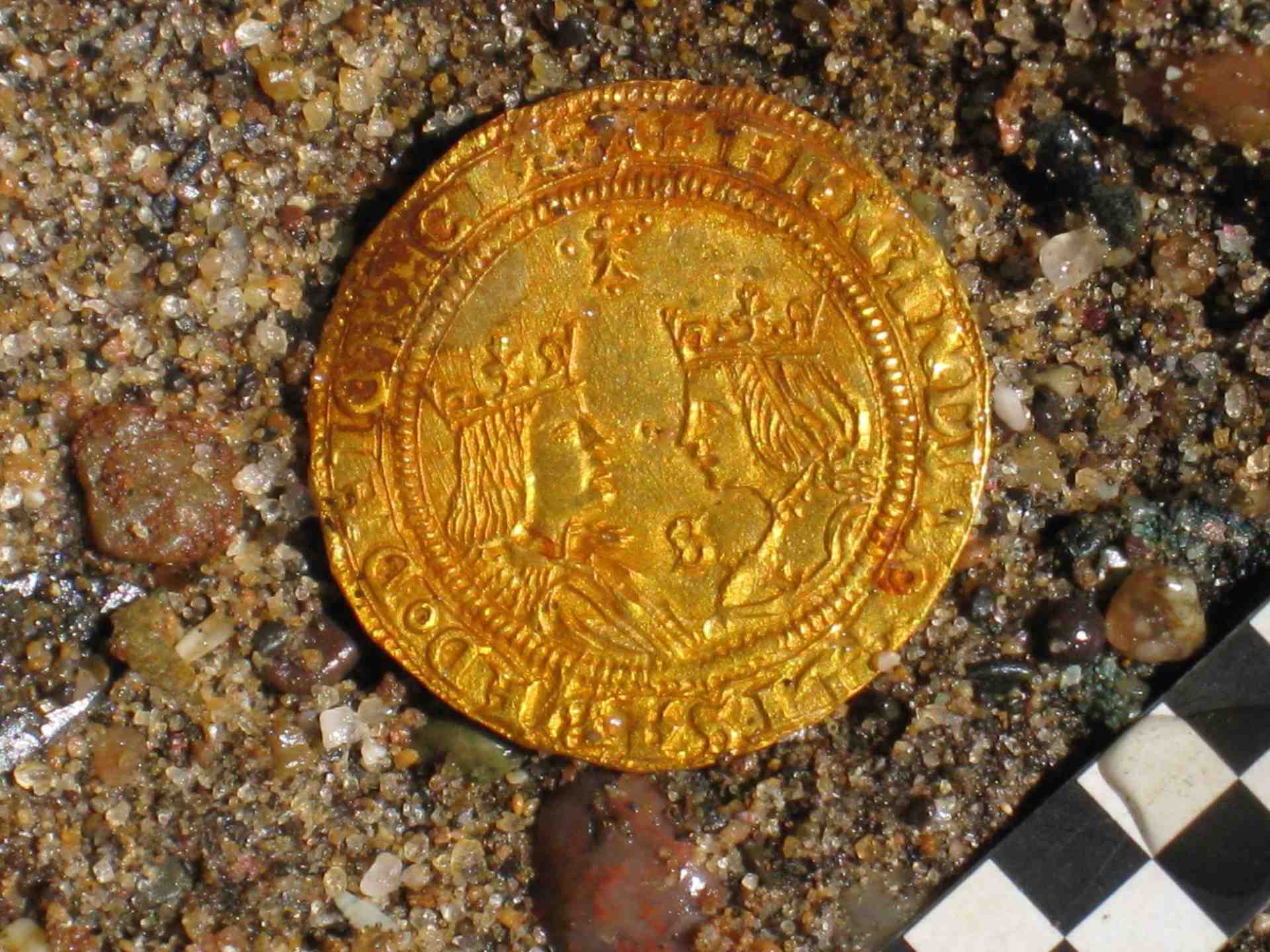
The remains of Bom Jesus, which translates to Good Jesus, were found in a southwest African desert in 2008. One might not typically think of a desert as a hotspot for shipwrecks given the image it conjures as having little water.
This archaeological find has captured the imagination of those online, especially given the discovery that it was filled with gold coins. These gold coins were eventually turned over to the Namibian government after permission from the Portuguese government.
History of Bom Jesus
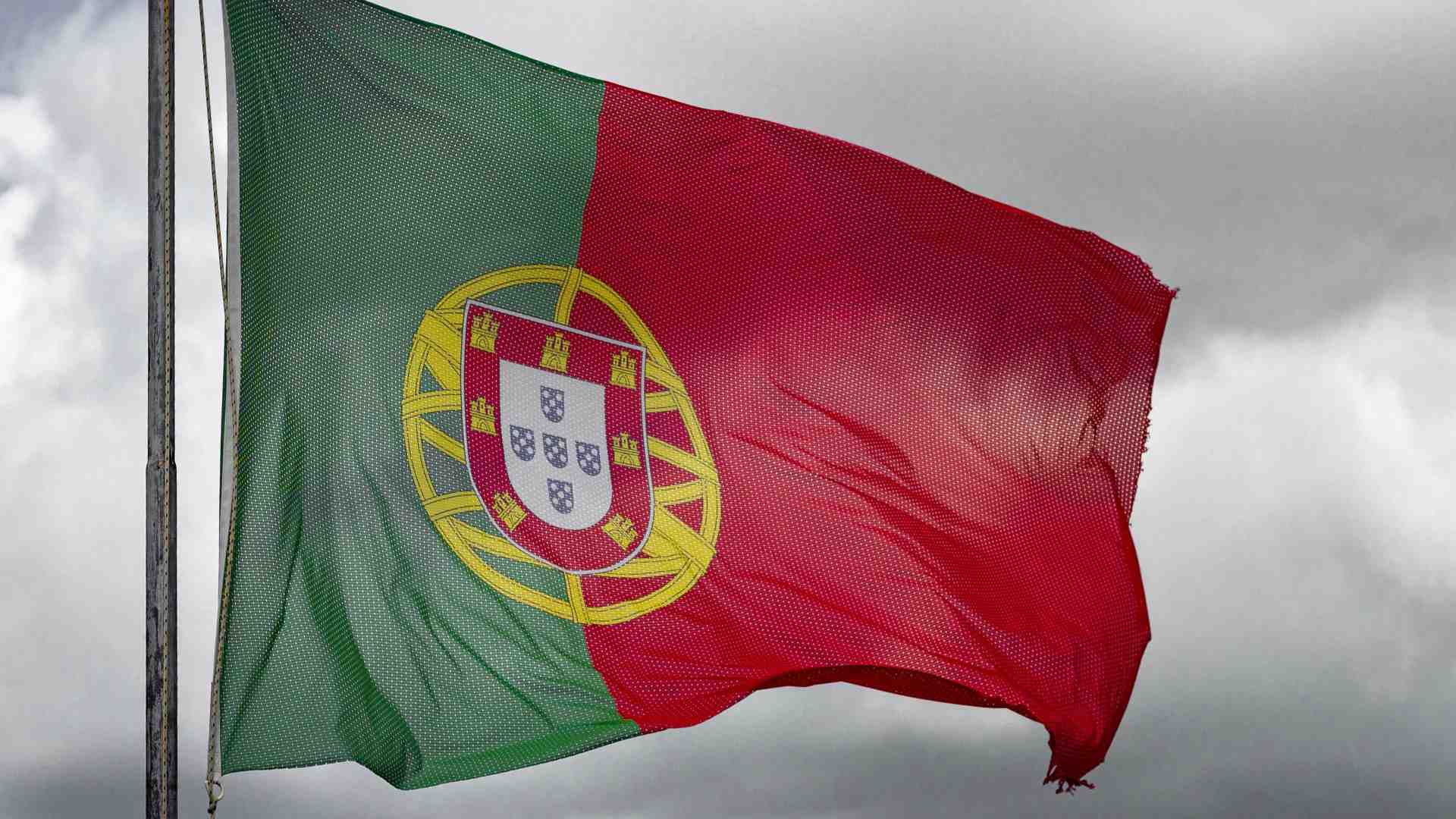
In early March 1533, Bom Jesus left a port in Lisbon to sail toward India.
The ship joined a fleet of six other ships and was captained by D. Francisco de Norohna.
Trading Vessel
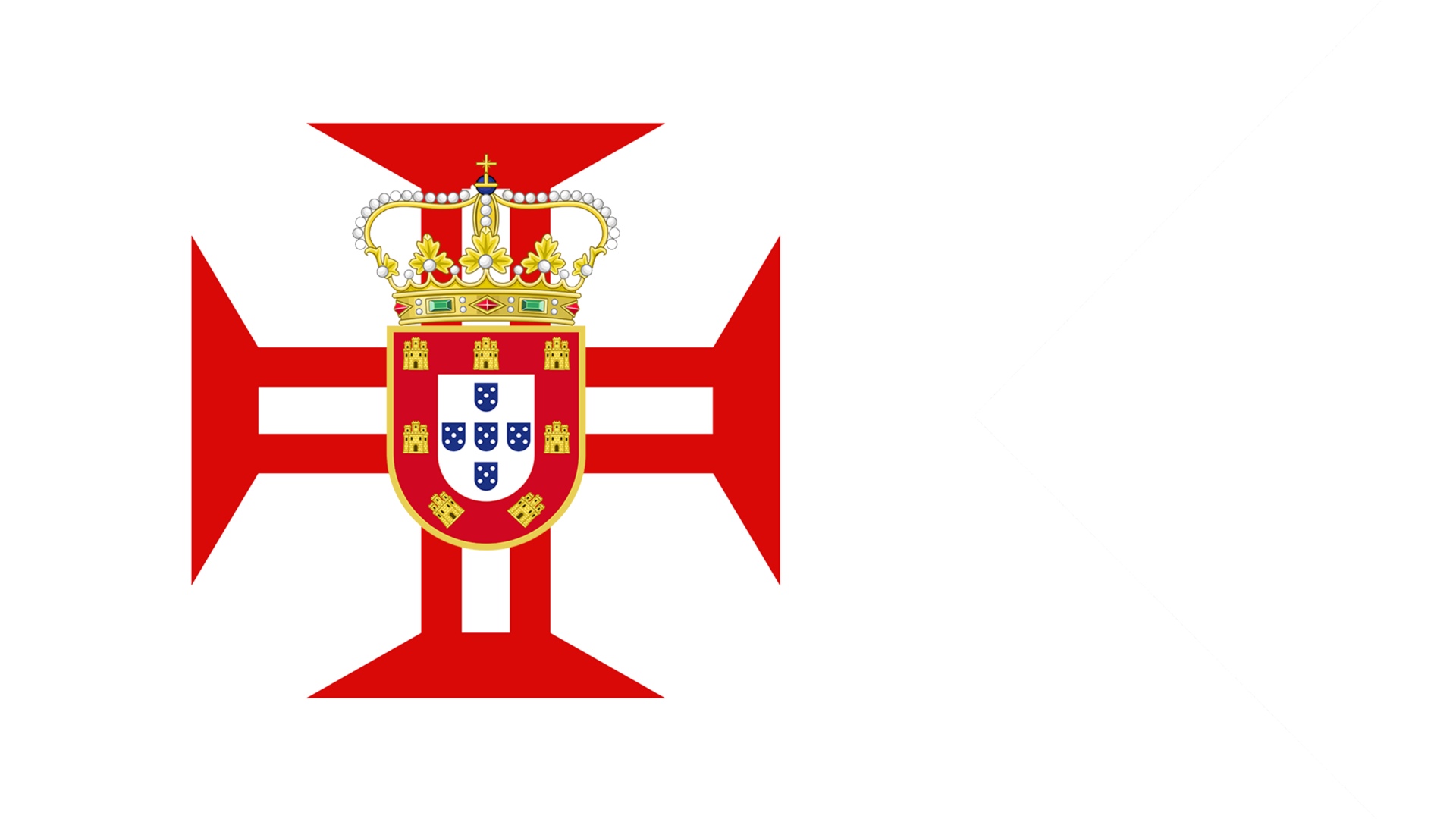
The purpose of the Bom Jesus was to operate as a Portuguese trading vessel, which explains the numerous treasures it had aboard which were eventually discovered.
Scholars believe that the ship disappeared on the voyage to India, which would take it around the southern tip of the African continent.
Shipwreck
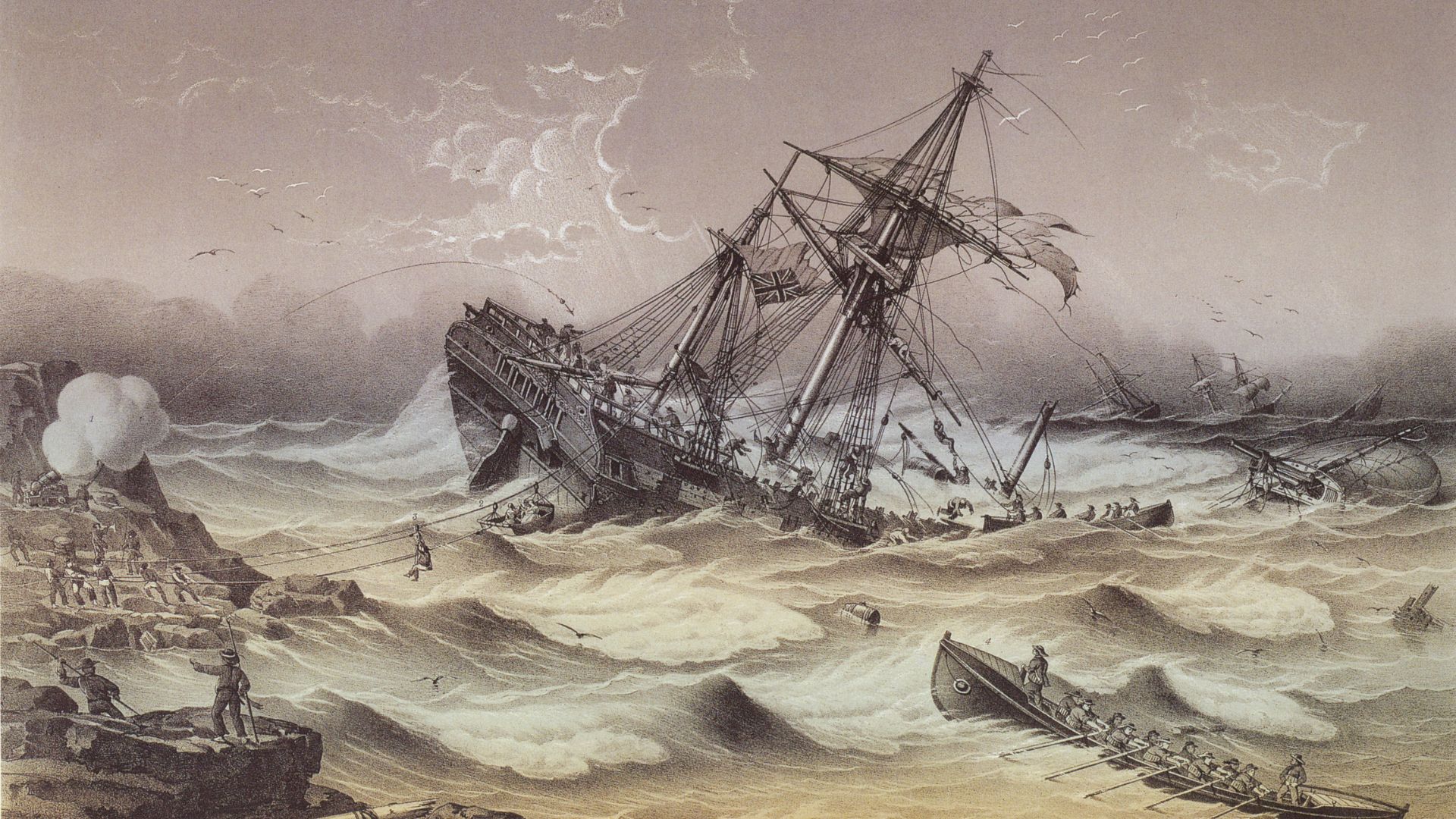
Experts theorize that the Bom Jesus got caught up in a storm off the coast of Namibia near the Southwest shore of Africa.
The storm caused the vessel to drift in too closely to shore and collide with rocks that tore apart its hull and caused it to capsize.
Bom Jesus Found
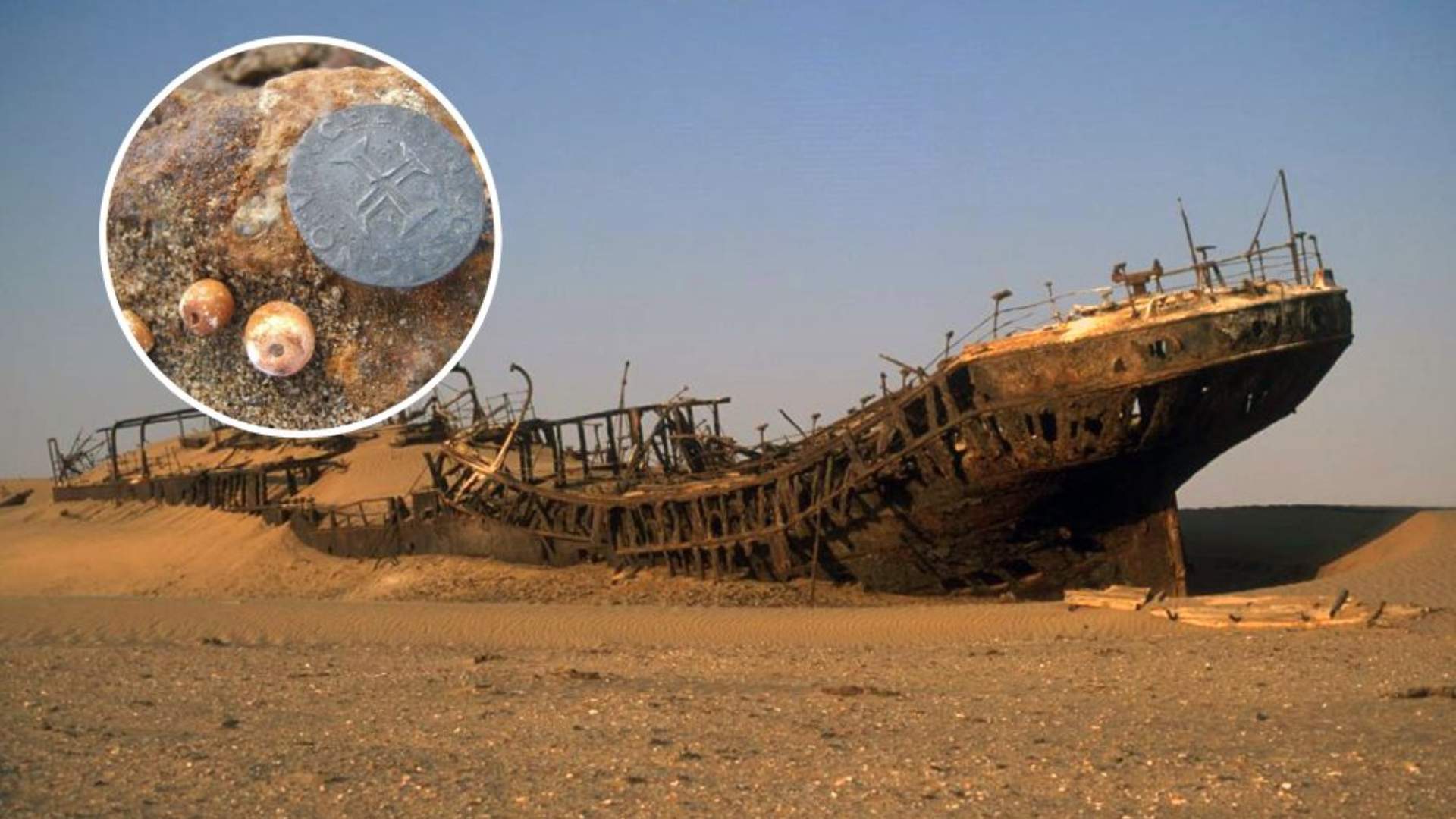
The ship had disappeared from the eyes of humans and history without a trace for hundreds of years.
However, in 2008, it was discovered by a group of diamond miners in a desert near the coast of Namibia.
Dramatic Reveal
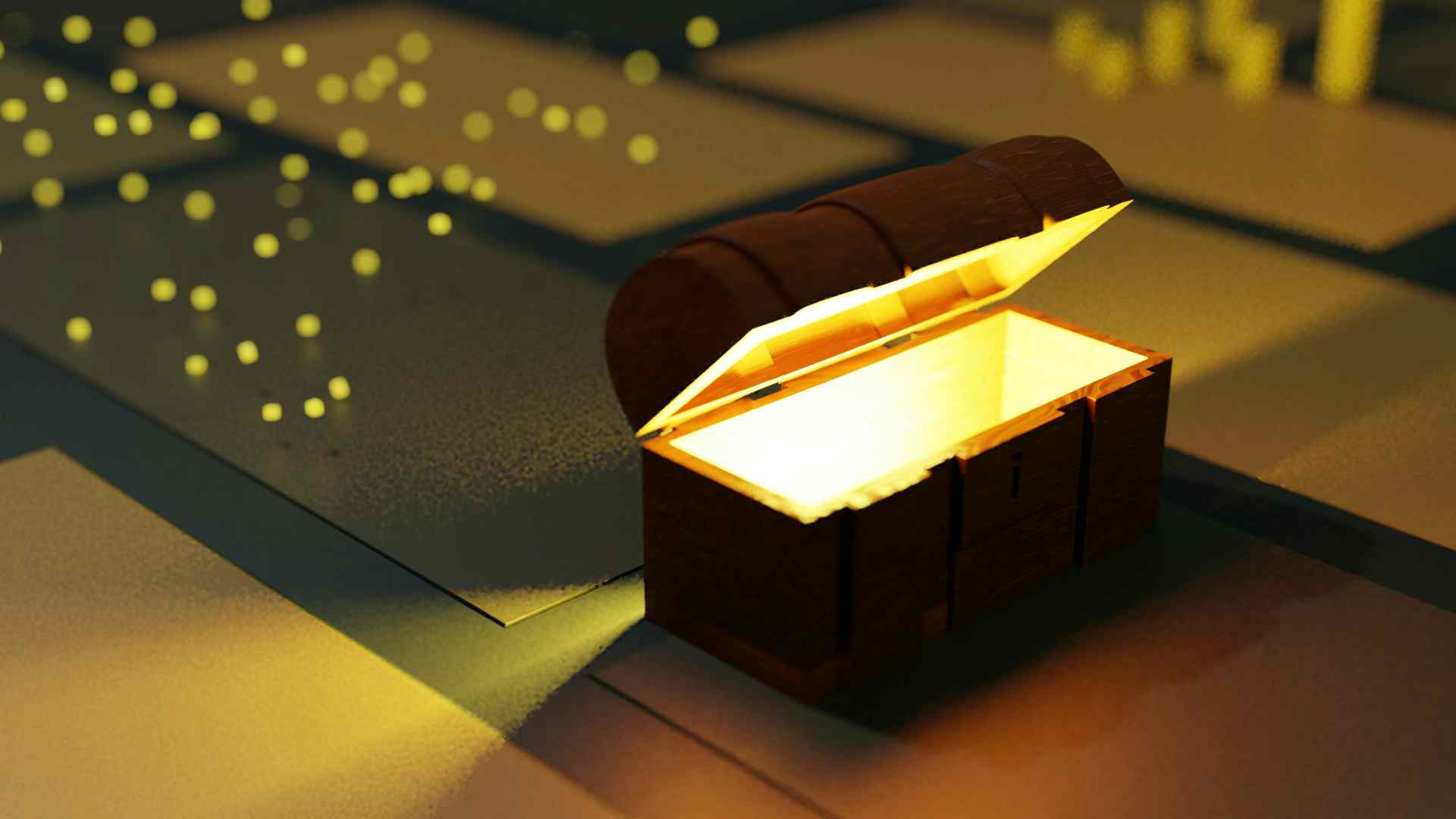
These miners had drained a man-made lagoon in this desert area to help them with their mining operations.
Little did they know, this action would reveal the ship once again to the light of the world.
Expected Discovery
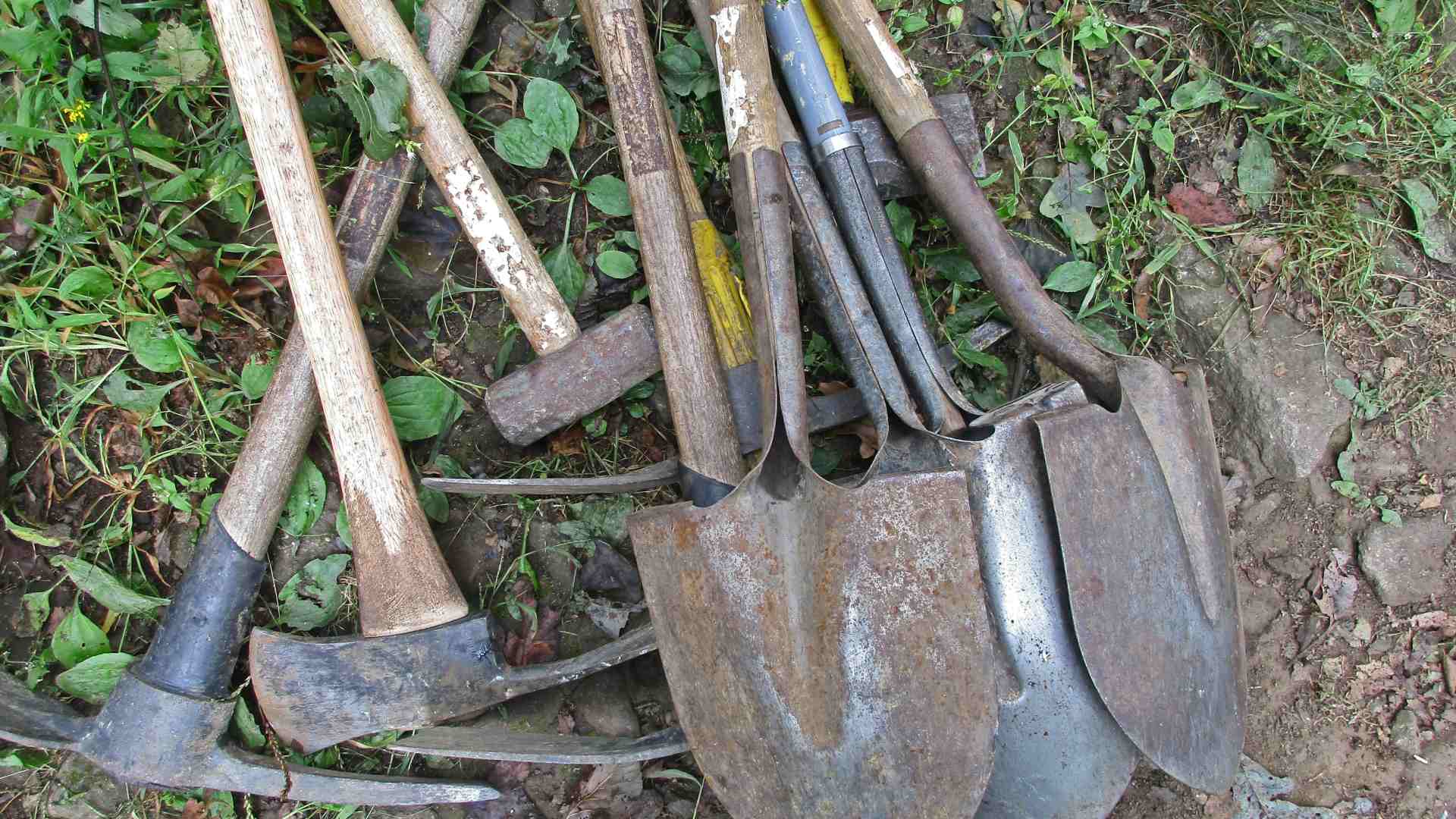
Although the vessel had disappeared from the minds of many people, some had held out hope that it would one day be discovered at this mine.
“Having first started doing archaeological work…for the mine in 1996, I had at that point been preaching to them for a dozen years that ‘one day’ they would find a shipwreck, and to let me know when they do,” archaeologist Dr. Dieter Noli told Fox News in 2016. “When asked what exactly I was really expecting to find, I said ‘a Spanish sword and a bag of gold.’”
Surf Zone
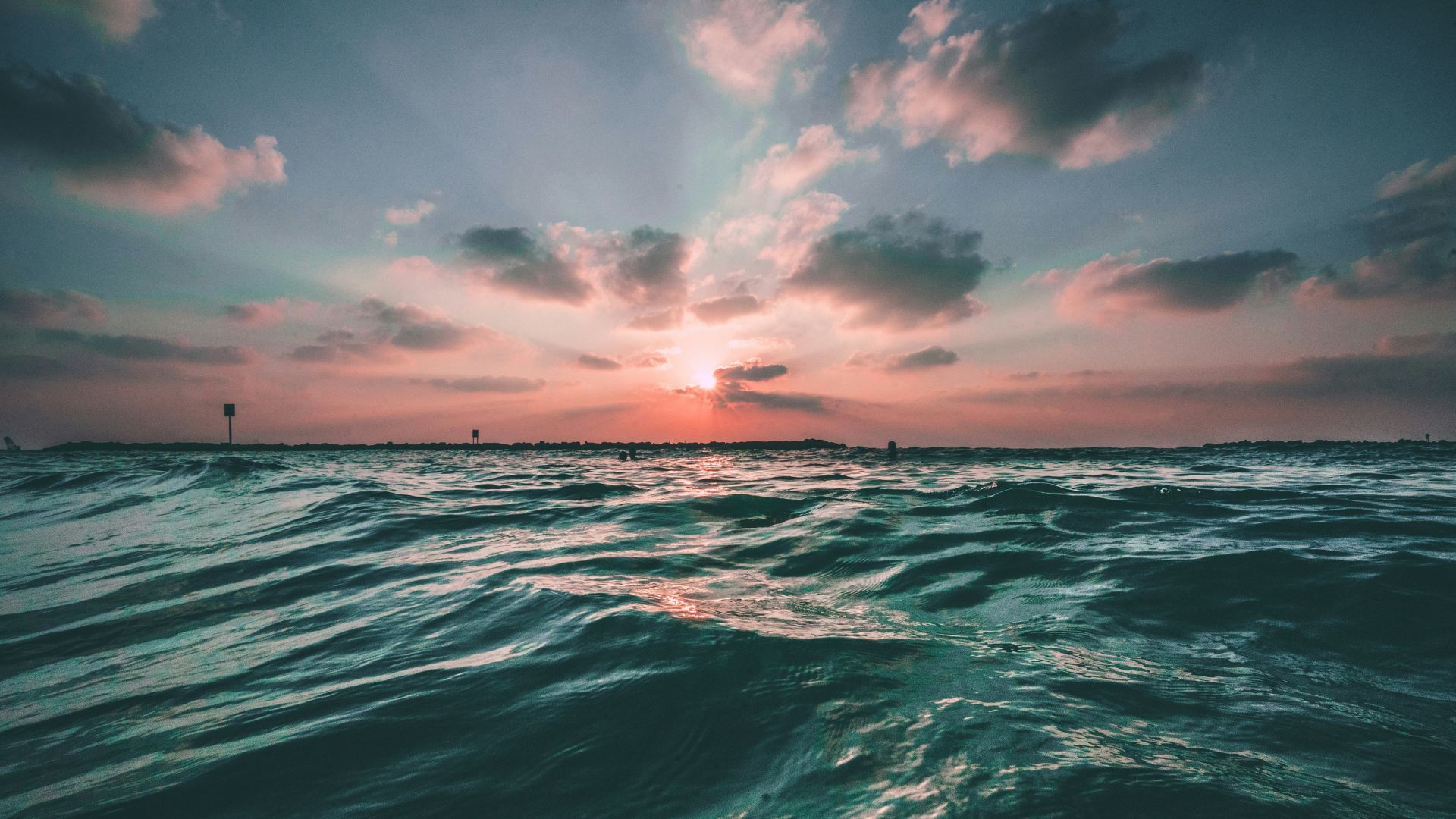
Noli described to Fox News the condition of the mining site, which had waves that would have made mining efforts difficult.
“The mining site concerned was actually located in the surf zone, where the violent action of the waves theoretically made mining impossible,” Noli said. “So what the chaps do is push up a huge sea-wall with bulldozers parallel to the beach, with the ends running back to the beach. The result is a large man-made lagoon, with the surf pounding on the outside. Then they pump the sea-water out of the lagoon.”
Abundance of Shipwrecks
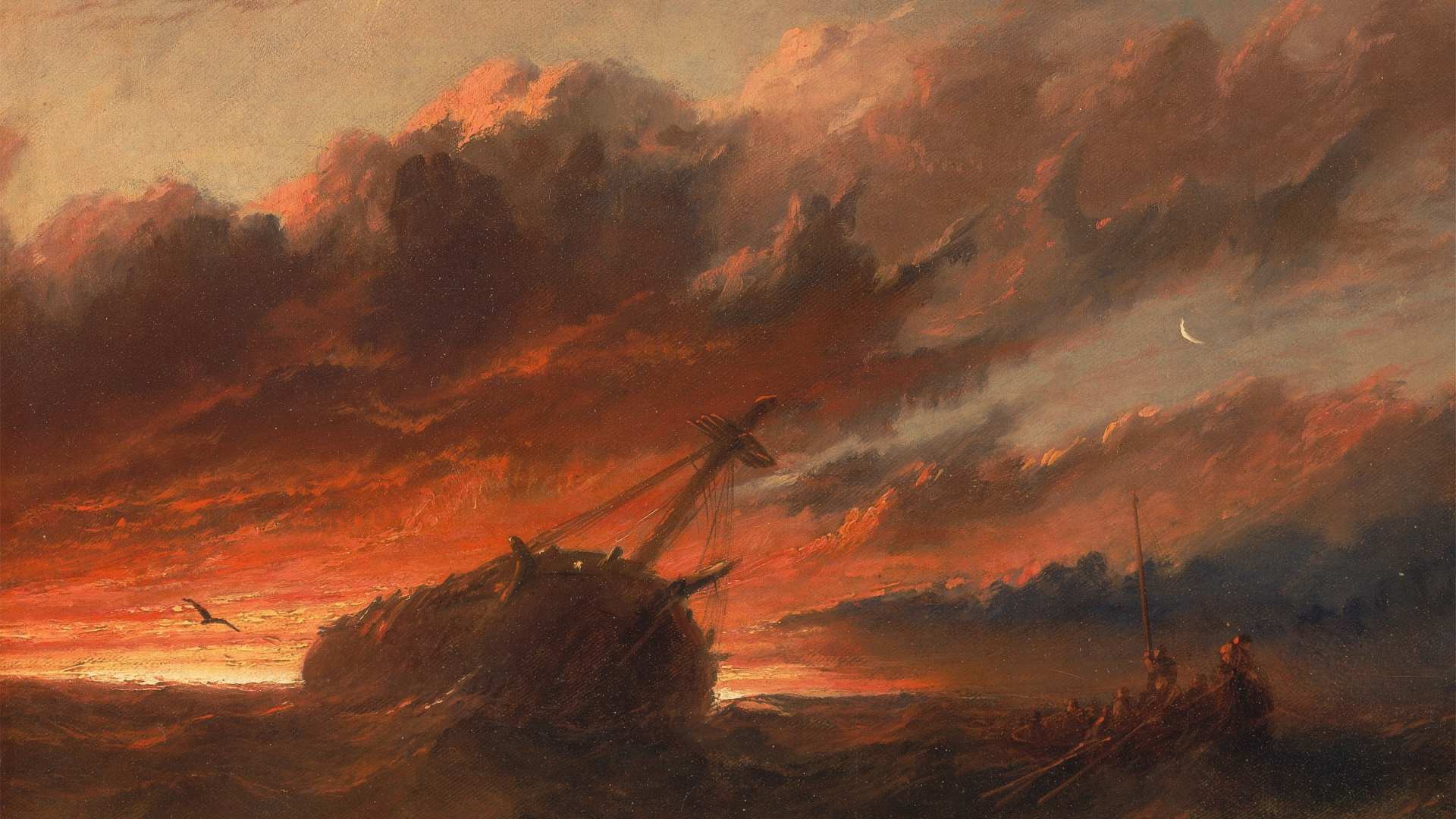
Francis Danby/Wikimedia
This area of the African coast was known to Portuguese sailors for its reputation of swallowing ships and causing them to wreck.
Portuguese sailors once referred to the area as “The Gates of Hell.”
Strange Objects on the Beach
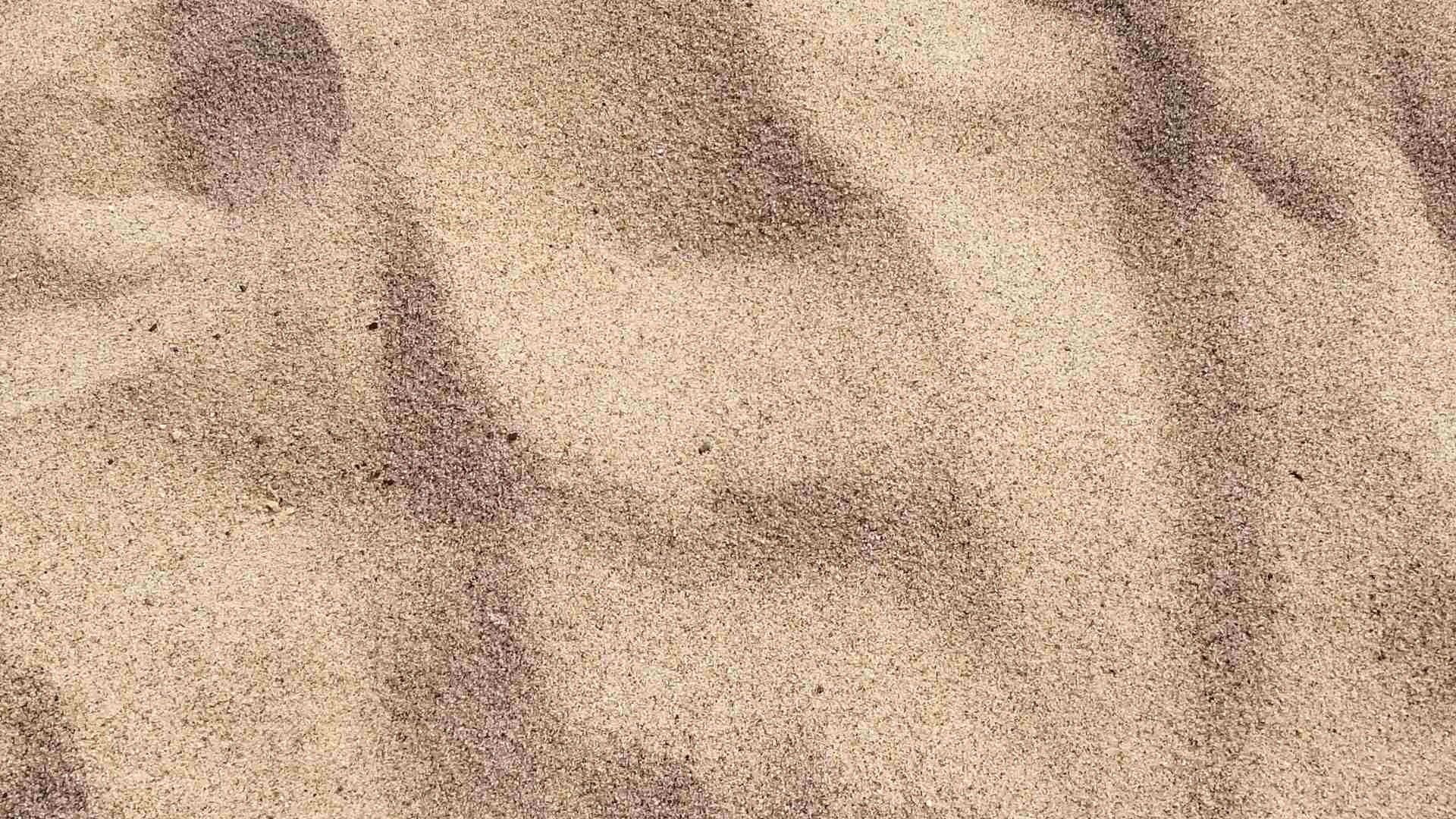
As geologists continued to investigate the area they found many objects on the beach described as “strange.”
These geologists found wood, copper spheres, bronze pipes, and bits of metal. This excitement encouraged investigators who eventually identified the shipwreck as The Bom Jesus.
One of the Oldest

While this area is well known for shipwrecks, most of these shipwrecks are relatively recent, which makes the Bom Jesus shipwreck more special.
Previously the oldest shipwreck found in the area was The Vlissingen which was lost in 1747.
